Massively Multiplayer games are the holy grail of game development. Though MMOs accept been around since at least the 90s with
Ultima Online
and
The Realm Online
(and even earlier than that if you consider MUDs), information technology was
World of Warcraft’s
explosion into the market in 2004 and its millions of subscribers that drove many developers to pursue online gamers. Though that market has changed a bit since
World of Warcraft‘s release, with many games now going with a ‘freemium’ or ‘buy to play’ model, the allure remains there for developers to catch a role of that massive market.
Just MMO development is a huge, costly undertaking, with games such every bit
Star Wars: The Former Commonwealth
costing up of $200 million. And those costs simply continue to mountain during the game’s lifetime, from technical costs such as maintaining and upgrading servers, to the costs of developing new content to keep the players agile. Developers are taking a gamble with their big budget MMOs that they will draw in and concur the attention of a big player base of operations and make their money back with subscriptions and cash shop items. And sometimes, despite all the hype they work to build, the popularity of the property they are using, and all the promises of ‘open up worlds’ and ‘innovative combat’ these games fail to take hold, they lead to massive fiscal losses.
Here are the biggest flops in the history of MMOs and what acquired their downfalls.
xv/15
The Matrix Online
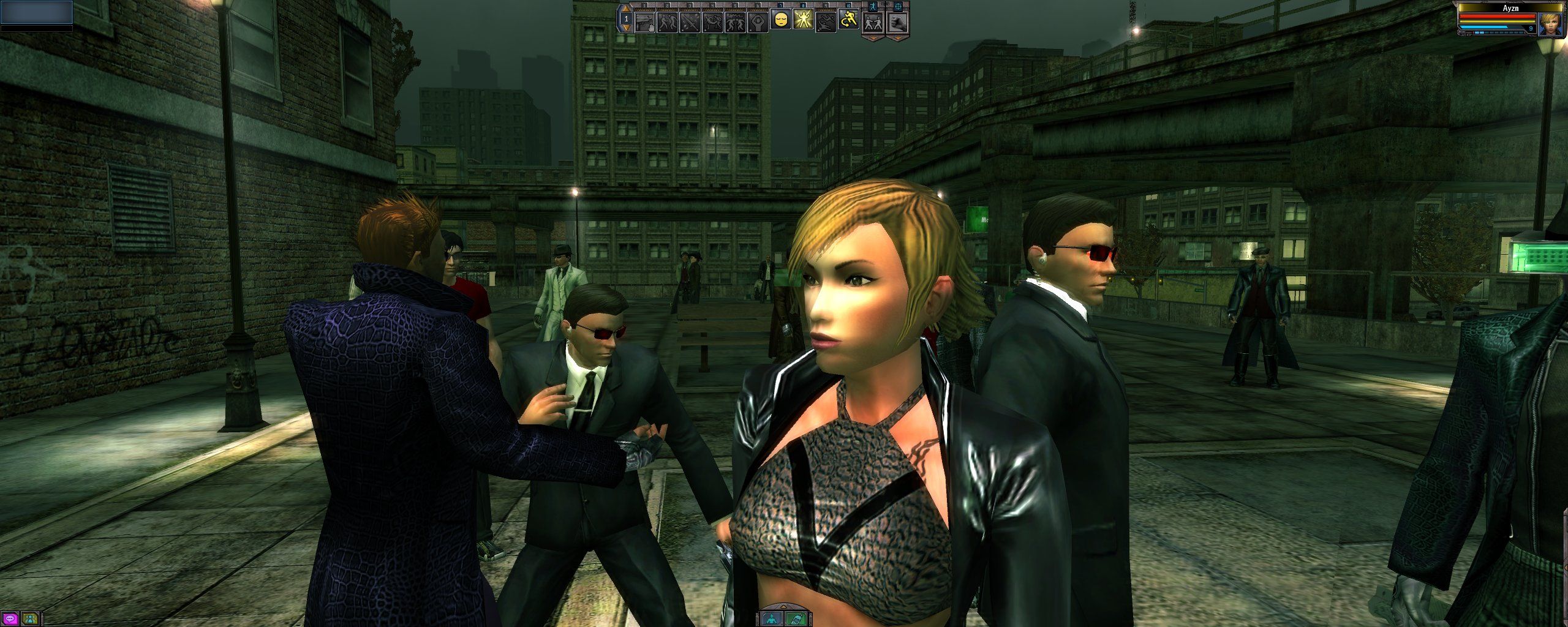
Creating an MMO based on the hugely popular
Matrix
movies seems similar a no-brainer. All the piece of work is washed for you lot: deep world lore, martial arts aesthetics, established methods of learning skills (“I know kung fu”), a huge fan following. So when Warner Brothers and Monolith Productions appear
The Matrix Online,it felt like a guaranteed hit. Players would go to take on the role of a ‘redpill,’ a man who formerly lived within the Matrix but was freed, and at present fights using the stylish combination of gunplay and martial arts popularized in the films.
The game was released to average reviews and a lukewarm reception from the players. While there wasn’t anything specially wrong with the game, there was nothing new or interesting enough beyond the setting to go along the players interested. Subsequently iv years of functioning, with subscriber counts downwardly to 500 active players, they finally pulled the plug.
fourteen/15
Age Of Conan
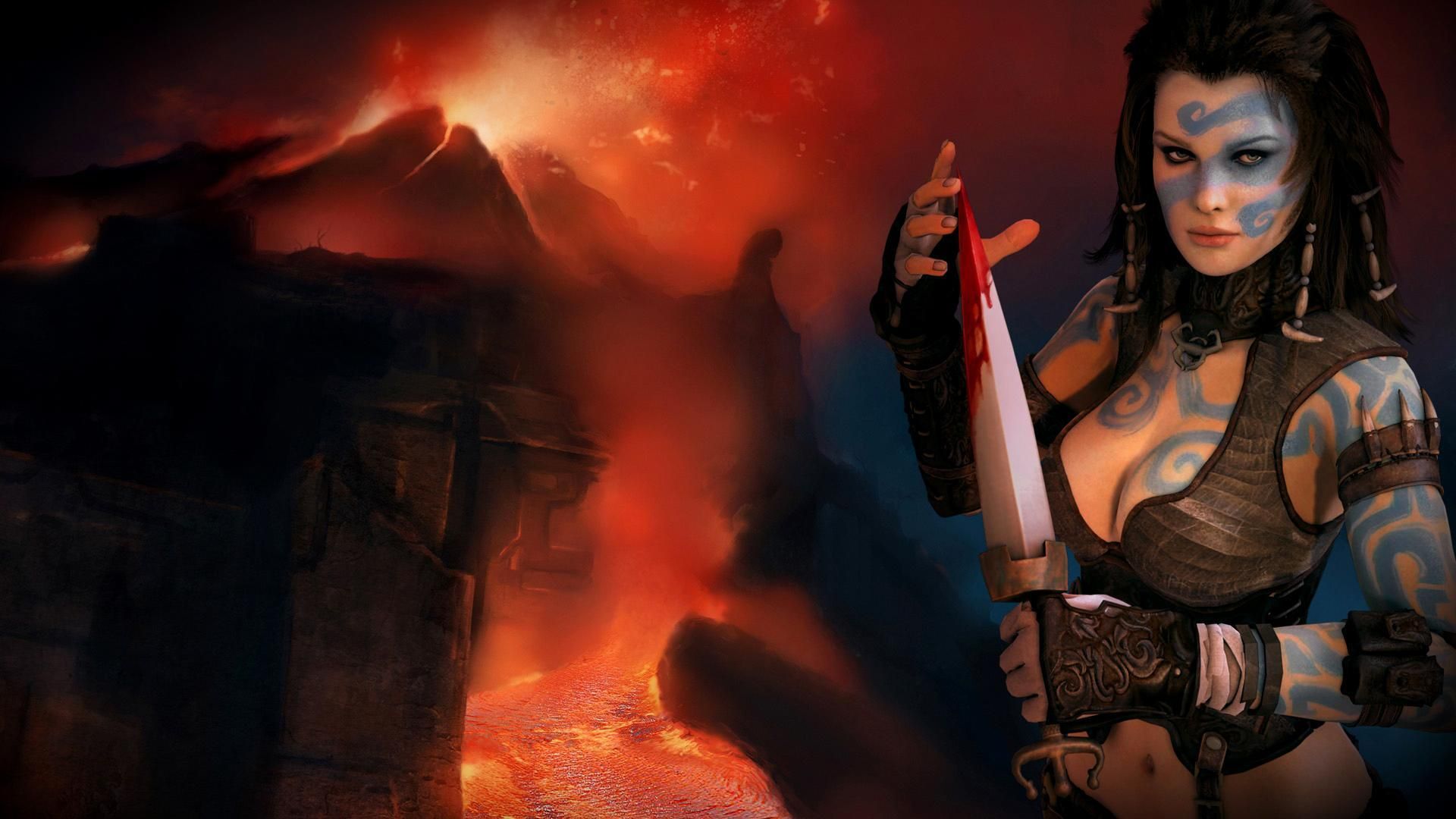
Fix in the world of Robert E. Howard’s
Conan the Barbarian
stories,
Age of Conan
was a hugely hyped game from Funcom that promised a brutal world, a unique ‘real gainsay’ system set in a first person perspective, and mature themes. Over 500,000 copies were sold in the first few months subsequently its release.
Those early players were in for a disappointment, every bit they found the game incredibly buggy, with many missing zones and cleaved encounters. There was as well a total lack of end-game content to keep players interested and coming back.
AoC‘s subscriber counts plummeted.
Funcom eventually made
AoC
costless-to-play under the title
Historic period of Conan: Unchained
and it has since a small resurgence. Even so. when compared to the hype surrounding information technology, you have to wonder how the game would be doing if they had spent a few more months polishing it earlier release.
13/15
Hellgate: London
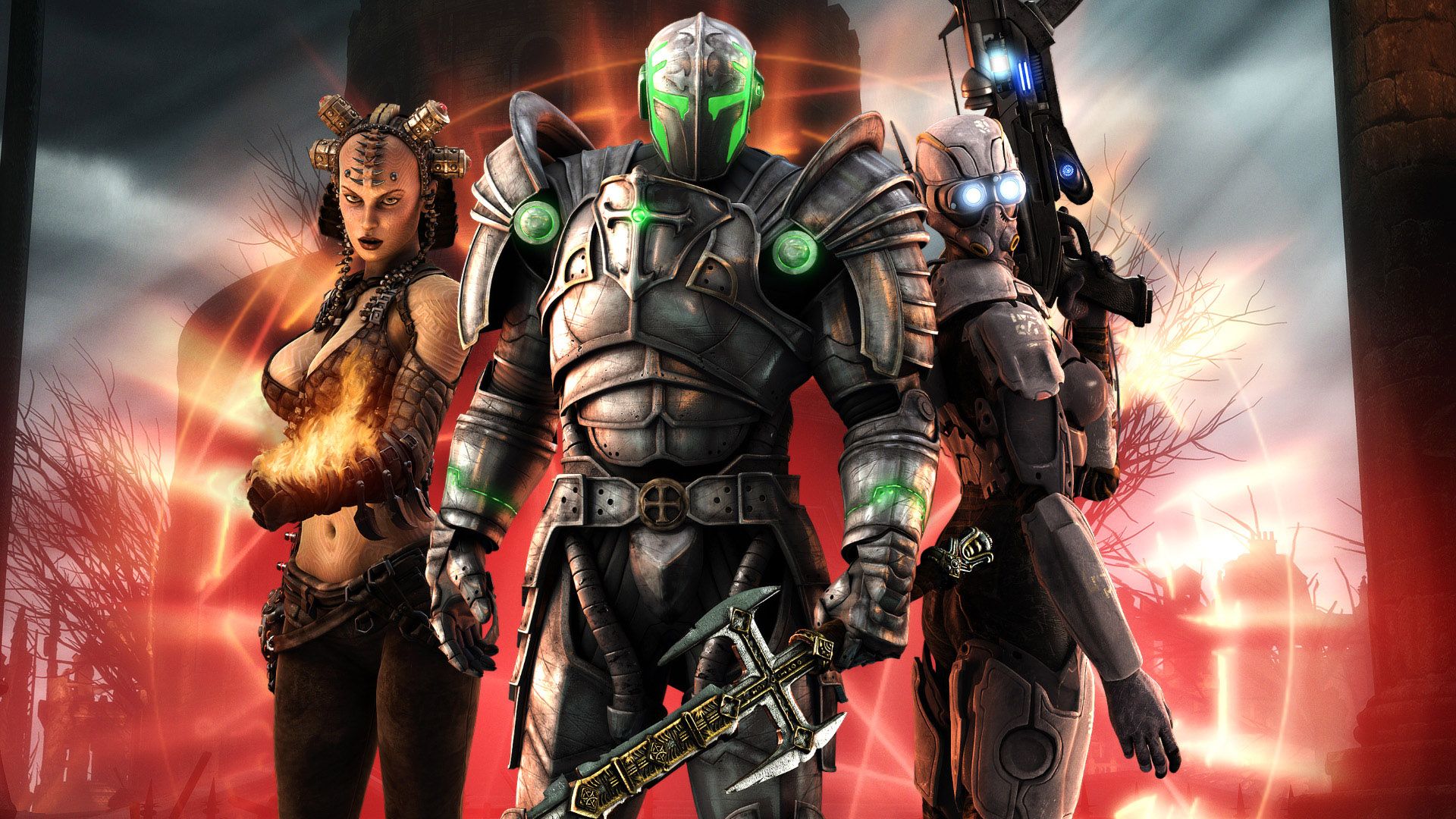
The hype surrounding
Hellgate: London
was understandable: information technology was a dungeon crawling online game created past erstwhile Blizzard employees who had worked on the
Diablo serial.
Flagship Studios invested everything into this game, getting six different publishers worldwide, spending a massive amount on marketing, and even investing into comics and novels to tie into the game. The gambled on the game’s massive success, the only way they were going to make their money back. Oh, and they borrowed coin from a bank and put the game up as collateral, that was the level of their confidence.
Unfortunately, the game failed to live upwards to the hype. It faced mediocre disquisitional reception and player complained almost the monotonous quest repetition and underdeveloped gainsay system. Flagship alleged defalcation only months afterward the game’southward launch and Namco Bandai Games shut down the official servers a year after. This was a particularly large blow to those who bought a lifetime subscription for $150.
12/xv
Wildstar
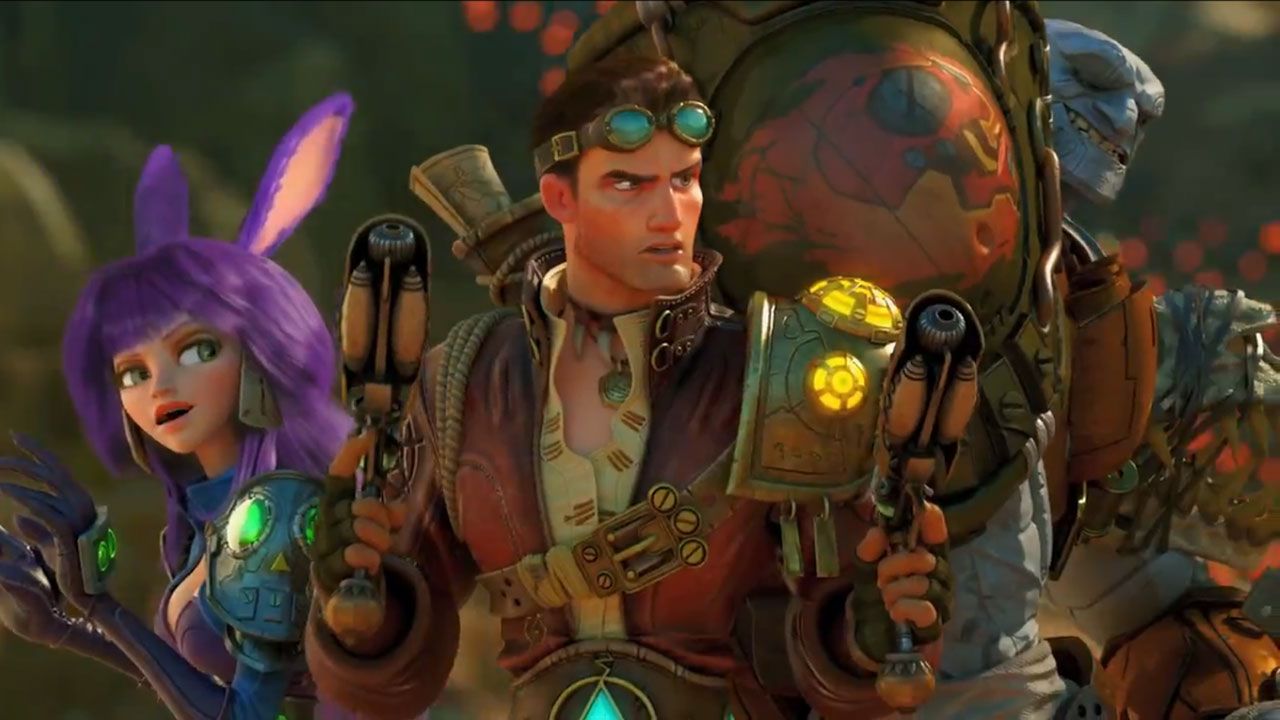
This one is technically still chugging along, merely the rapid pass up of its player base makes information technology feel like this game is dying a slow death and thus deserves its identify on this list. Another title developed by former Blizzard employees,
Wildstar
made promises to bring back the more’ hardcore’ aspects of MMOs that were no longer present. Particularly, they marketed themselves to players who enjoyed raiding in the vanilla
World of Warcraft
who felt as if the expansions had brand the game too piece of cake. Plus, information technology featured a unique, cartoony art style that promised to withstand the rigors of time.
When Wildstar launched, players faced long queue times, unstable serves, and a litany of bugs. Over the coming months, the population began to dwindle, with players complaining most the long quest grind, poor optimization, and lack of non-raiding content at the finish game. Wildstar quickly abased its subscription model for a gratis-to-play one, but fifty-fifty that has not stopped its rapid reject every bit their squad has faced layoffs and the PVP servers were shut down for being under-populated.
11/15
Auto Assault
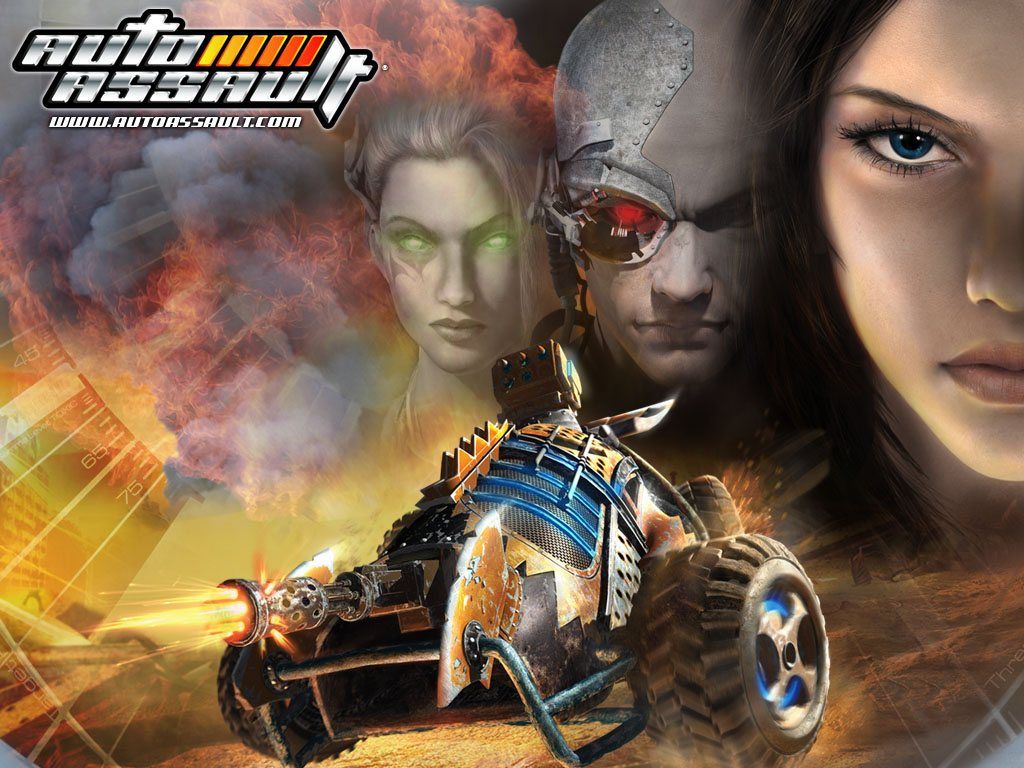
Taking inspiration from the
Mad Max
films,
Auto Assault
was an MMO where players drove effectually a post apocalyptic wasteland in customizable vehicles. Programmer NetDevil marketed full on vehicular mayhem, with players controlling all kinds of cars, motorcycles, trucks, and even tanks on mission or in three mode factional warfare.
While information technology may have delivered on some of its promises, players found the game lacking in content. Large swaths of the wasteland were dull, repetitive and with very little to exercise. What there was to practise in the game was able to be done lone, discouraging group in a genre where that is the entire point. This, combined with loftier PC requirements and a complicated crafting organization, spelled its doom.
Car Attack‘s servers were shut down but a year afterwards launch.
10/fifteen
Dark And Calorie-free
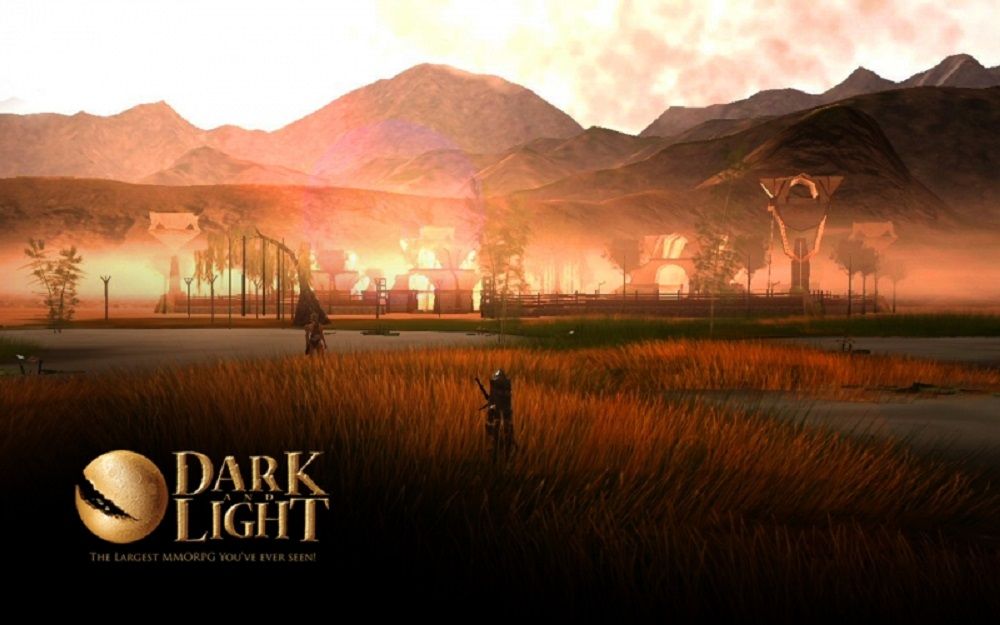
What happened to MMOs that were nonetheless in evolution when the monster that is
World of Warcraft
was released? That’s the situation that developer NPCube found themselves in with their game
Nighttime and Calorie-free,
which had been in development since 2002. A game of older sensibilities in the vein of other MMOs like
Everquest,
it featured a massive open globe, the largest of its time.
With the marketplace becoming dominated past
WoW
and its imitators,
D&L‘s backers pressured NPCube to release the game, which was, to the publisher’s own admittance, unfinished. Players got a buggy mess, poor operation, lousy graphics, server instability, and frequent rollbacks, among other problems. Basically, information technology was a worse case scenario for a game launch. The servers were shut downwards two years afterward.
Recently, Snail Games has begun development on a reboot of
Dark and Calorie-free, before long to exist available in Early Access. Whether the reboot will exist able to live upwardly to the promises of the original, we shall have to see.
ix/15
Gods And Heroes: Rome Rising
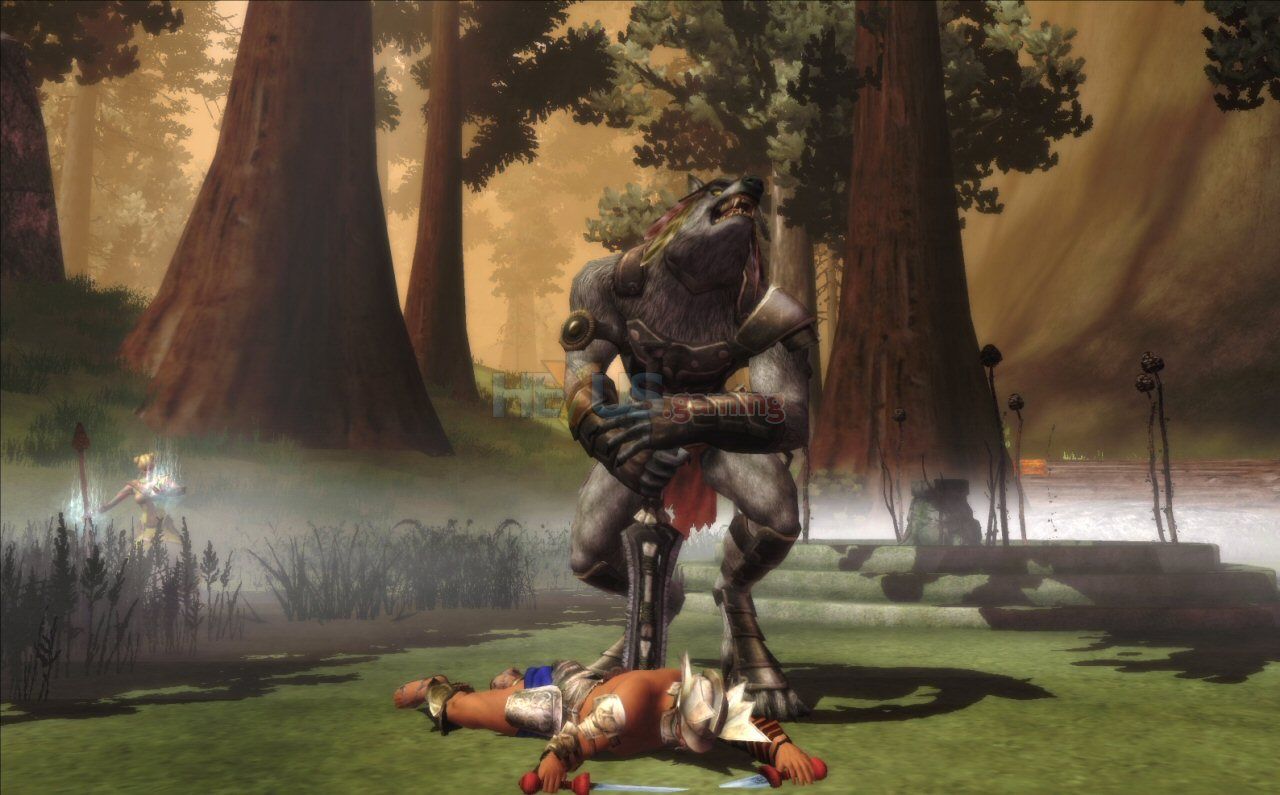
A unique game fix in ancient Rome,
Gods and Heroes
was showered with awards upon its initial demonstrations at E3 in 2006, including MMORPG’s Game of the Prove Award. The mix of historical and mythological elements, the collectible minion organization that immune players to grade their ain squads, and gorgeous fine art got players and critics akin excited.
The game then went through development hell, with the launch of the game delayed for iii years as developer Perpetual Entertainment attempted to develop it and
Star Trek Online simultaneously.
It was then put on indefinite concord until being picked up by Heatwave Interactive years afterward. Past the time they released it, all hype had died out and the game showed its age. Less than a year after launch, the subscription model was dropped, and not long later that the game entered maintenance and never fully returned.
8/xv
Warhammer Online: Historic period Of Reckoning
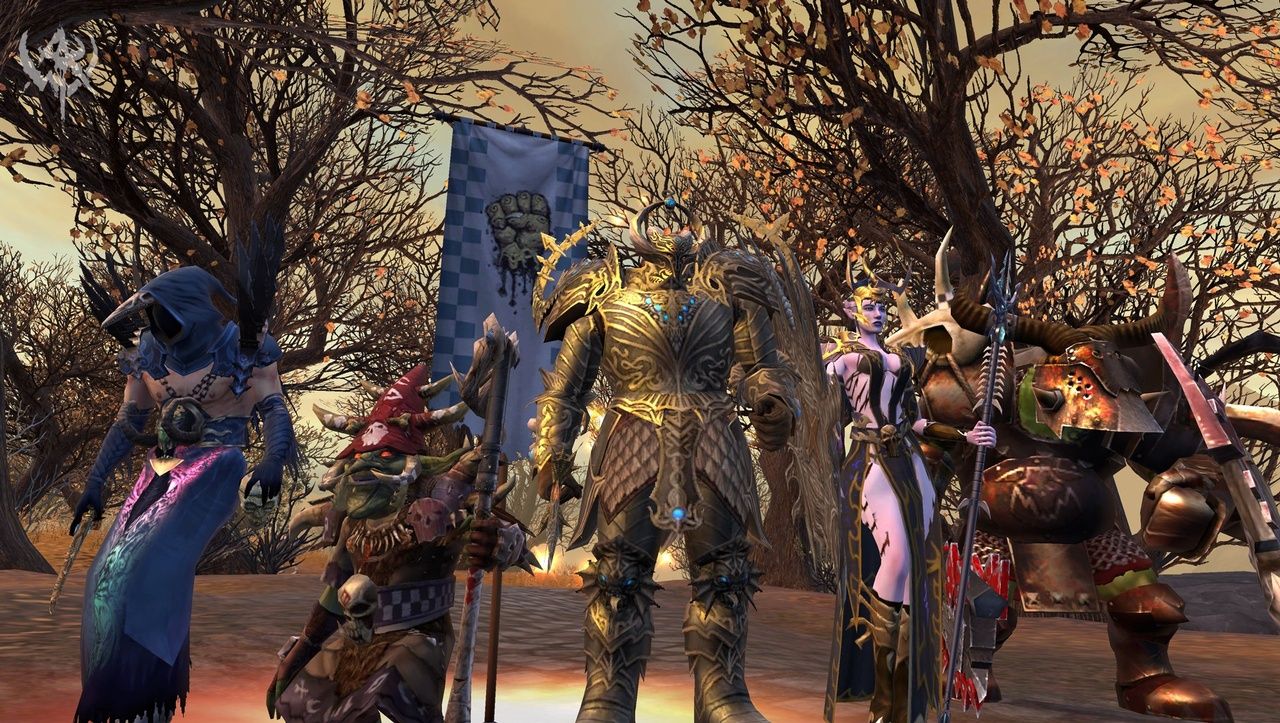
Warhammer Online
was the consequence of a team up between Mythic Entertainment, who were backside the popular PVP MMO
Nighttime Age of Camelot,and Games Workshop, the creators of popular
Warhammer
fantasy setting. The game centered around the setting trademark war, using the Realm versus Realm (RVR) combat system first featured in
DAoC. Unlike many others games on this list,
Warhammer Online
really released to positive critical reception and performed solidly for the start yr of its life, some fifty-fifty assertive it could build itself to a true competitor of
Globe of Warcraft.
The game did not maintain its momentum, though, and over the side by side couple of years the player base of operations drastically shrank. This was primarily due to the game’s focus on PVP gainsay and the RVR arrangement, which players felt was too limited for a game that required a paying subscription. Mythic was working on a free-to-play version of the game, but when their license for the
Warhammer
property expired, they decided to shut down the game instead of renewing it, only five years afterwards its launch.
7/xv
Motor City Online
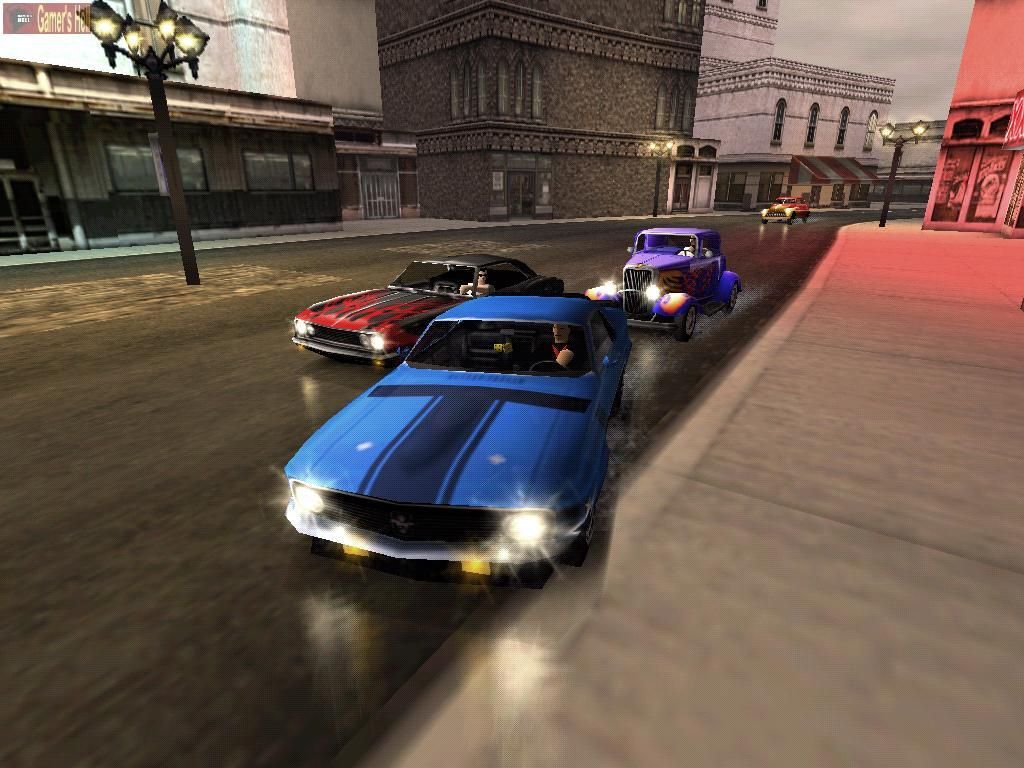
This one is going back a bit:
Motor Metropolis Online
was released past EA dorsum in 2001. Originally developed every bit a
Need for Speed
championship, EA decided to discard all unmarried histrion elements in favor of a completely online game. It was a very innovative game for its time, featuring roleplaying elements such as leveling from completing tasks, along with a supply and demand economy.
MCO
might have been a fiddling also ahead of its fourth dimension. As with many online games at the time, lag was a considerable issue, which, in a racing game, became a big bargain, with cars acting unpredictably and even appearing to teleport at fourth dimension. Users were also on the debate nearly paying a subscription fee for a racing game. Eventually, the game was close down later on just two years.
6/fifteen
APB: All Points Bulletin

Retrieve those games of cops and robbers you lot played every bit a child? Imagine that on a massive scale and you take an thought of the dream behind
APB: All Points Bulletin.
It was beingness developed by David Jones, the listen behind the original
Grand Theft Auto
and
Crackdown,
which lone was a crusade for hype. The game promised to be something similar an online
1000 Theft Automobile,
with players taking part in a constant battle between criminals and law enforcement.
It was released to poor reviews, fabricated all the worse by a controversy regarding a review embargo which forbid any games journalist from publishing a review until a calendar week afterwards the game’s launch. It never took off and was close down a twelvemonth later its launch. The game would be purchased by Reloaded Productions who would relaunch it as a gratuitous-to-play game nether the title
APB: Reloaded.
5/15
Star Wars Galaxies
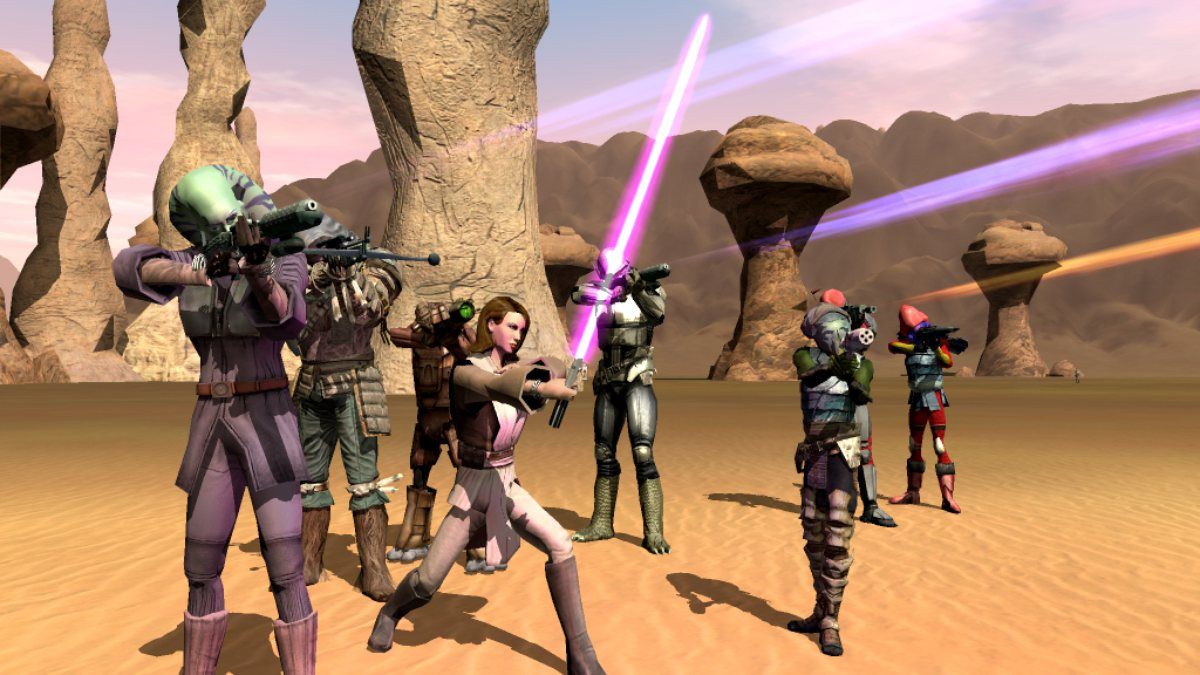
Few game titles can crusade as many feelings of nostalgia and sorrow as
Star Wars Galaxies.
Running for a full of viii years, it is the longest lived MMO on this listing (barring those that are still running) only that entire fourth dimension was filled with a struggle to find itself. Information technology had never been a very populated game, simply it did accept a very loyal base of players who historic its uniqueness. It was a game about being a denizen of the
Star Wars
universe and information technology spawned three highly acclaimed expansions during its beginning two years.
Then came the iv and final expansion, and forth with it a game overhaul known as the New Game Enhancements, which removed from the game its more unique professions while simplifying many other systems. And then many players protested the expansion that Sony eventually had to offset offering refunds. The mass exodus of players that followed left many of the major player boondocks deserted.
4/15
Halo MMO
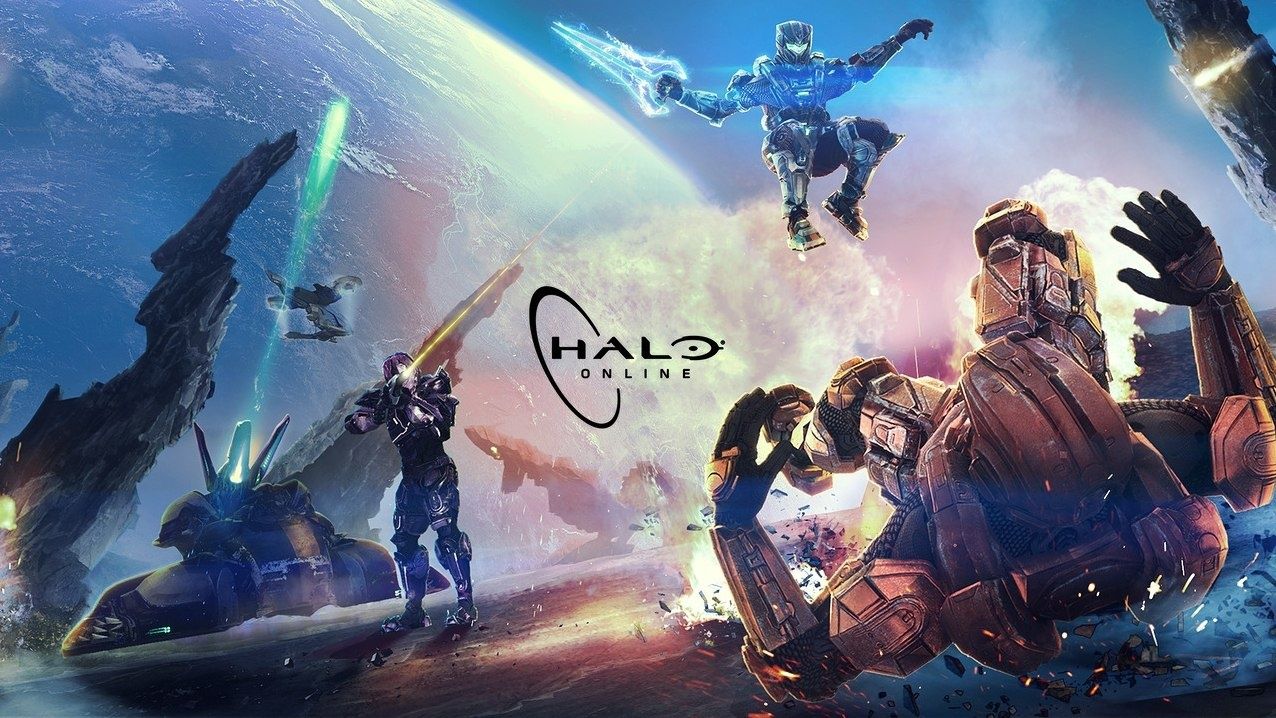
This is the only game on this list not to exist officially released, only with an estimated $90 million development cost, information technology has earned its place here. Codenamed “Titan” (like another famous MMO project that was canceled), it was designed with the intention of competing with
World of Warcraft.
The game would take largely copied
WoW‘s model, calculation a few unique features such every bit a cover system and public quests.
Ensemble Studios was also working on
Halo Wars
at the fourth dimension and ended up canceling the MMO to focus all their resources on that. As the studio was disbanded immediately following
Halo Wars’
release, the MMO and all the resource those $90 million was spent on seem permanently lost.
3/15
Vanguard: Saga Of Heroes
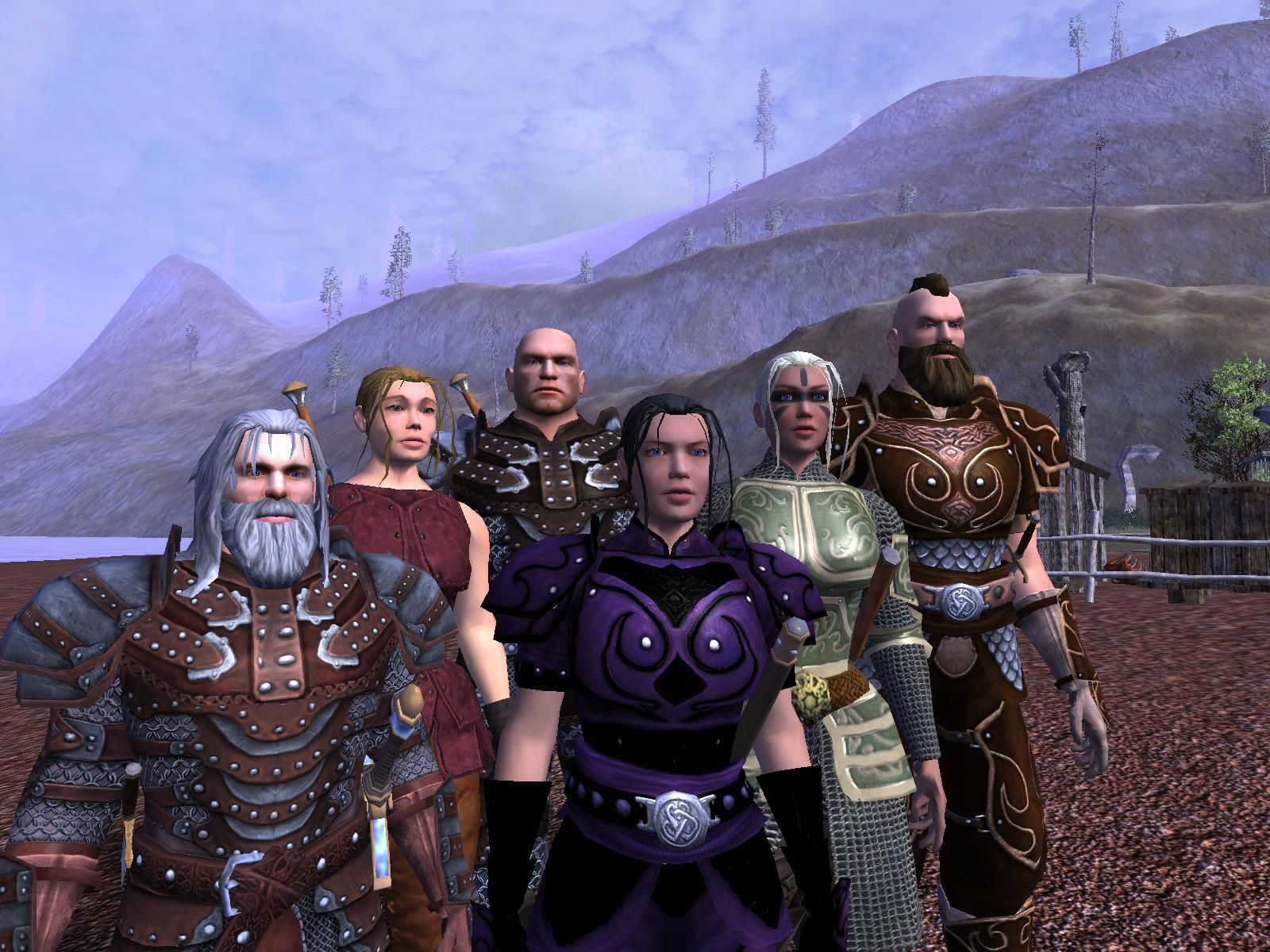
In terms of hype, few games could compete with
Vanguard: Saga of Heroes.
Beingness helmed by several of the creators of the original
Everquest,
one of the genre’s defining titles,
Vanguard
was meant to be a reimagining of what made
Everquest
great while also bringing the genre to a modern audition. It was to characteristic 19 races, xx classes, a affairs system and quest-lines, an intricate crafting system, gunkhole travel, and more than.
Then the publishing deal with Microsoft cruel through and SOE took over and forced the game’s launch six months early. Players were put into an unfinished world that was packed full of bugs that fabricated the game nearly unplayable. It received GameSpy’s “Biggest Disappointment” honour for 2007. Somewhen, the bugs were fixed, only the impairment had already been done. Even going complimentary-to-play five years after couldn’t relieve the game and it was close downwards in 2014.
2/15
Final Fantasy Fourteen
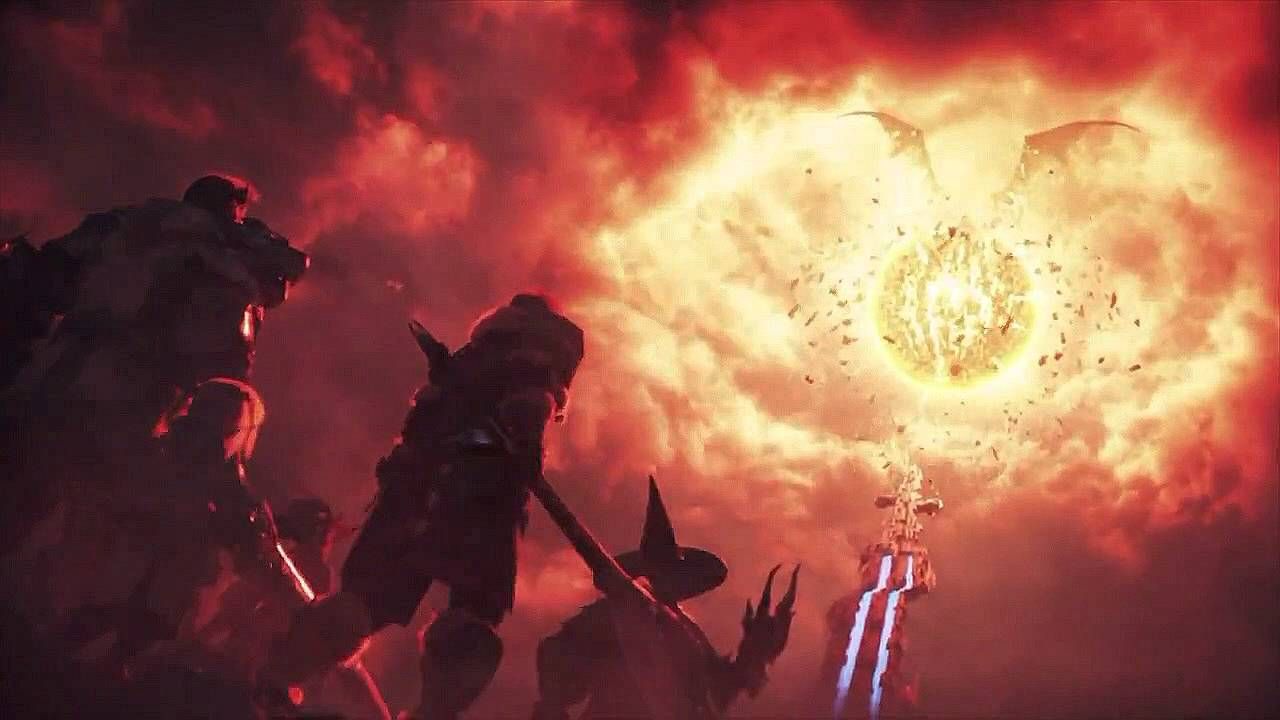
Many MMOs fail. Information technology is the nature of the business organization. But few fail and so bad that their developers go then agape of information technology permanently damaging their brand that they create an entirely new game . That is more than or less the example with
Final Fantasy XIV.
Foursquare Enix is no stranger to MMOs, so when they announced a follow-upwardly to the popular
Final Fantasy XI,
it was met with optimism by the community. They discussed features like beingness able to modify your class at will by changing weapons, carve up classes and quests for crafting and combat, and a globe in which exploration was paramount.
Players received a world that seemed more often than not empty and with very little for them to practise besides grind. The levequests used for leveling were restricted per day, gainsay was irksome, the UI was clunky, and the whole game felt dated. The game was so poorly received that Square Enix didn’t accuse subscriptions for months and eventually overhauled the entire game from the ground up, re-releasing it equally
Final Fantasy 14: A Realm Reborn. They even had an event to close out the original game, in which the world faced an apocalyptic event. Fitting.
1/15
Tabula Rasa
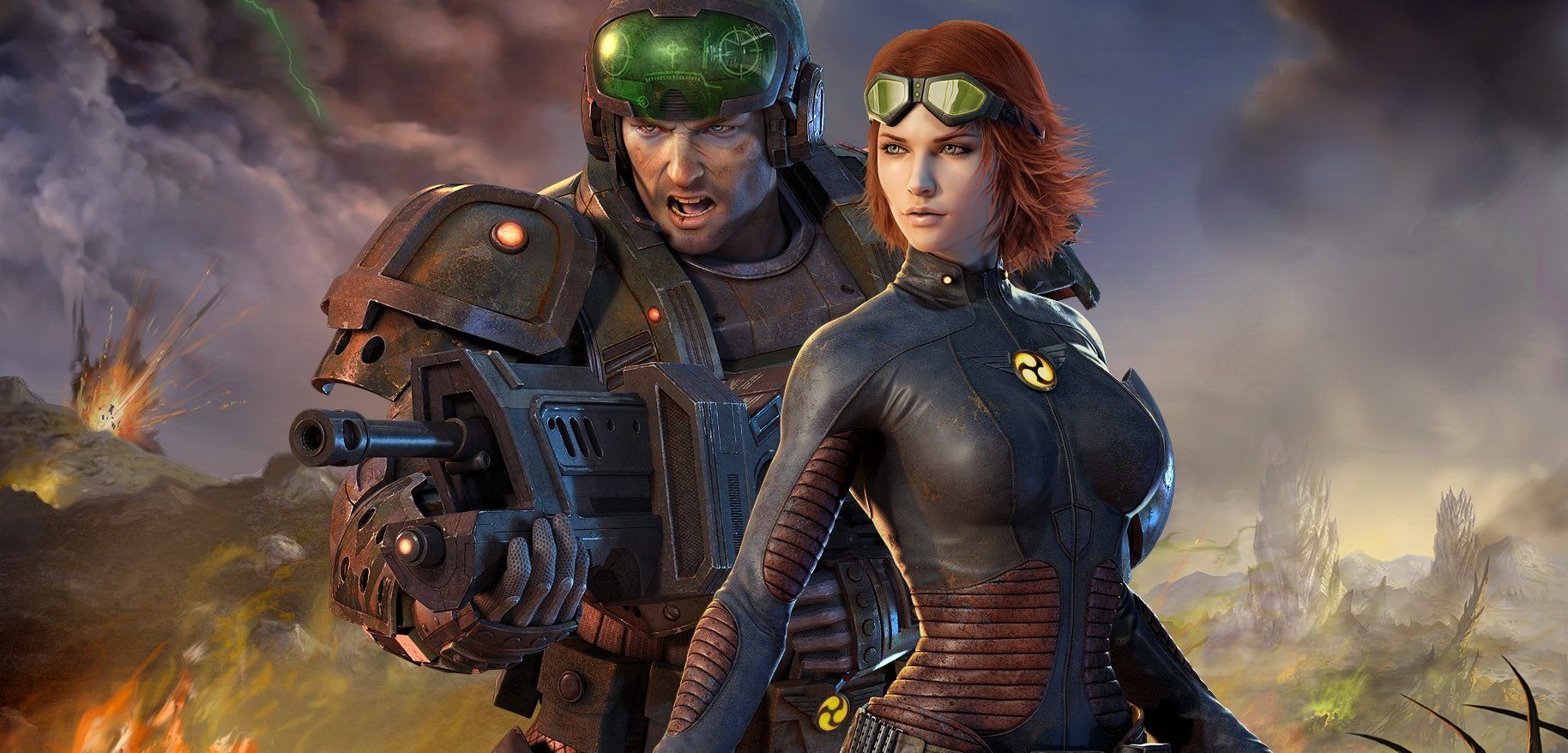
Richard Garriot is a fable in the MMO community. He literally coined the term “MMO” during his work on
Ultimate Online.
So when he decided he was going to create a new MMORPG, people flocked to be a function of it.
Tabula Rasa
was a unique have on the MMO genre that was part RPG, function shooter, and featured flexible character creation and fast based gainsay. Perhaps most interesting, instead of static environments populated by infinitely respawning enemies, it used agile warzones with dynamic frontlines that the players could help push back.
Like many other games on this listing, Tabula Rasa
was the victim of a poor launch, with many of the systems bugged and the game’s weapons horribly unbalanced. Garriot intended to move forward with his vision and he might accept succeeded if given the risk, only his growing conflict with publisher NCsoft grew to a eddy when they forced Garriot out of the picture … while he was busy promoting the game in space! Instead of trying to fix the problems with the game or irresolute business organisation models, NCsoft chose to shut the game down less than ii years afterward launch.
Source: https://www.thegamer.com/the-15-biggest-failures-in-mmo-history/
 RosyandBo.com Trusted Information and Education News Media
RosyandBo.com Trusted Information and Education News Media



